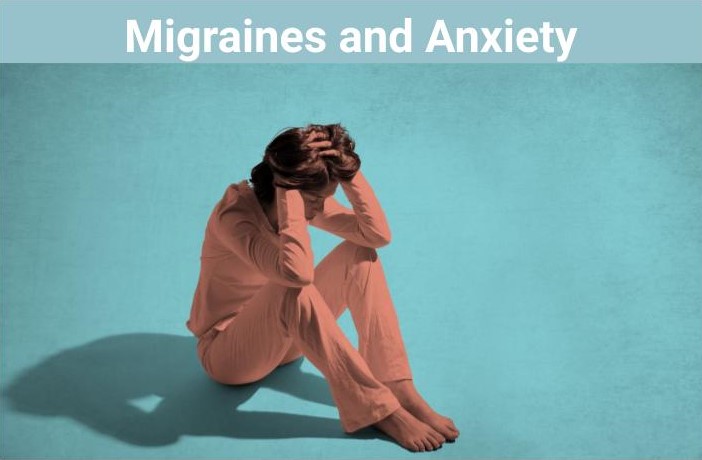
Migraines are a type of headache that causes moderate to severe head pain with varying degrees of sensations that differ from person to person. It currently affects 12% of the population in our country. As we gather history and physical evidence from patients, it is shown to be prevalent in those with psychiatric comorbidities. Of these conditions, anxiety was at the top of the list. Why is that? Migraine and anxiety are very closely related due to their similar clinical features, presentation methods, and the episodic nature of their attacks (Kumar et al., 2022). Norton et al. conducted a study in 2004 using structural equation modeling among patients experiencing recurrent headaches; the results of the study concluded that pain-related fear, escape, and avoidance behavior are greatly affected by Anxiety Sensitivity in patients with recurrent headaches (Kumar et al., 2022). In patients with chronic migraine that suffer from repeated migraine attacks, it is also found that there is an alteration in the architecture and function of several regions of the limbic system and also an alteration in the functional connectivity of the hippocampus with other brain regions (Kumar et al., 2022). Not only is this a bidirectional relationship, where one increases the risk of the other, but it has also caused changes in several brain regions. Isn’t that so interesting to know? As providers, this is why it is crucial for us to screen and treat anxiety disorders in patients with migraines effectively.
R. Kumar, S. Asif, A. Bali, D. Gonzalez (2022). The Development and Impact of Anxiety With Migraines: A Narrative Review. Cureus 2022 Jun; 14(6): e26419. Published online 2022 Jun 29. doi: 10.7759/cureus.26419
By: Sheina Roberts, NP
